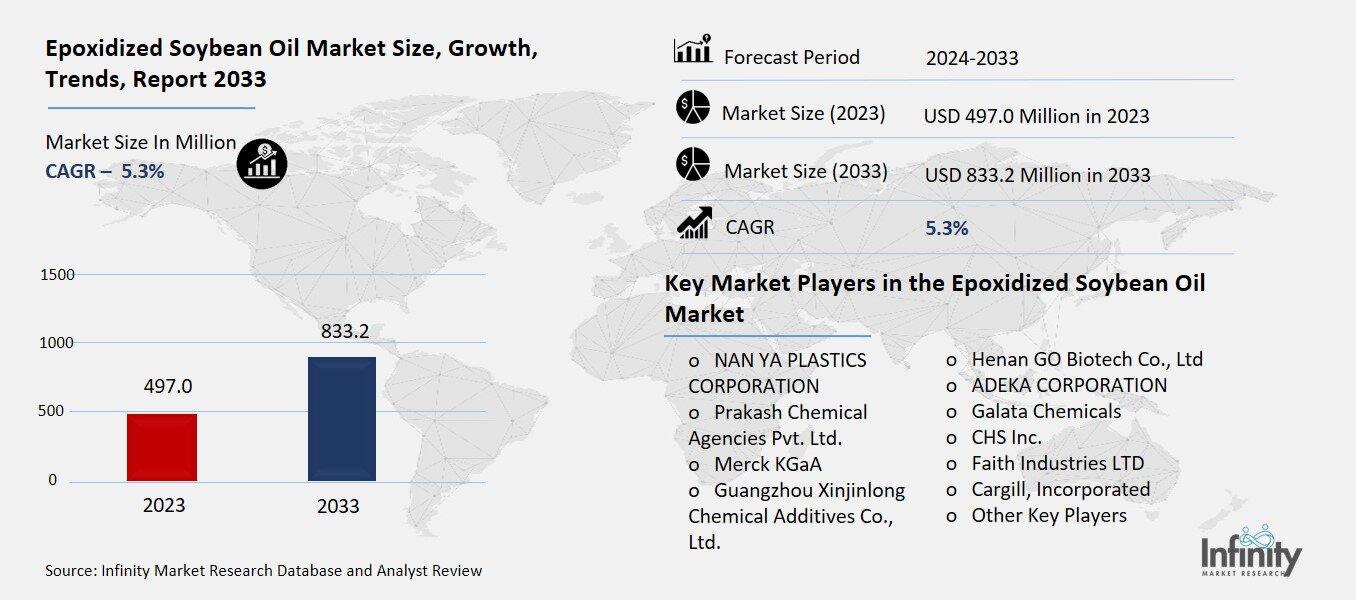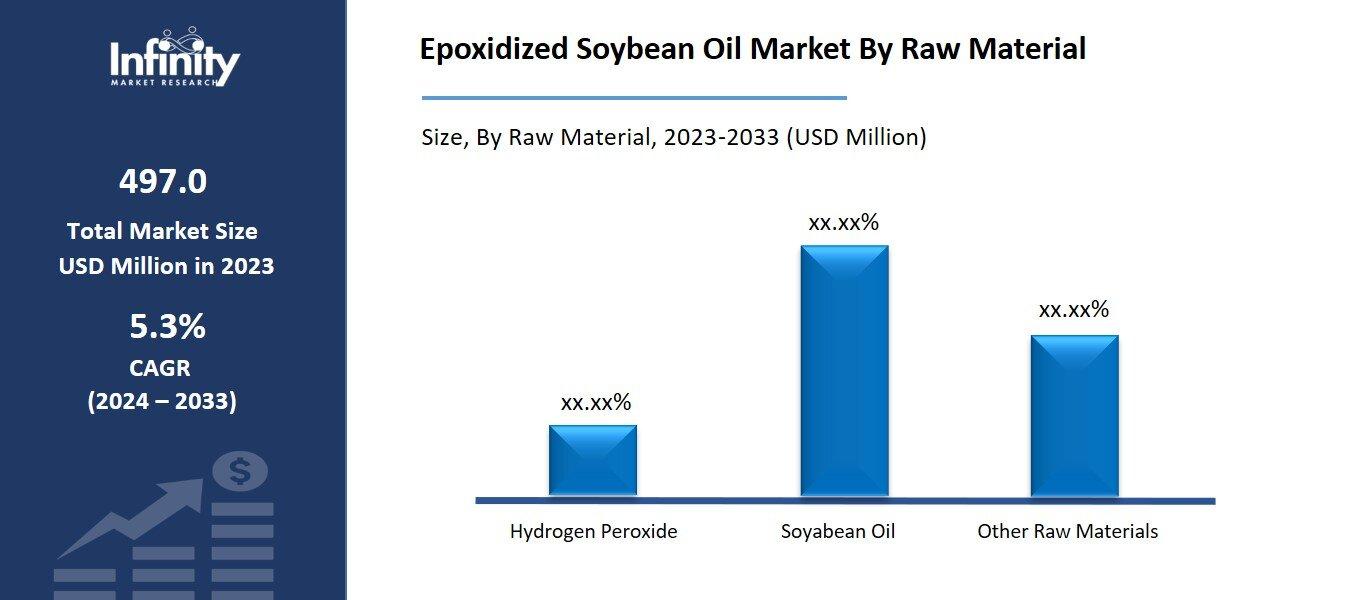
🔐 Secure Payment Guaranteed
Safe checkout with trusted global payment methods.
🌟 Why Choose Infinity Market Research?
At Infinity Market Research, we dont just deliver data — we deliver clarity, confidence, and competitive edge.
In a world driven by insights, we help businesses unlock the infinite potential of informed decisions.
Here why global brands, startups, and decision-makers choose us:
Industry-Centric Expertise
With deep domain knowledge across sectors — from healthcare and technology to manufacturing and consumer goods — our team delivers insights that matter.
Custom Research, Not Cookie-Cutter Reports
Every business is unique, and so are its challenges. Thats why we tailor our research to your specific goals, offering solutions that are actionable, relevant, and reliable.
Data You Can Trust
Our research methodology is rigorous, transparent, and validated at every step. We believe in delivering not just numbers, but numbers that drive real impact.
Client-Centric Approach
Your success is our priority. From first contact to final delivery, our team is responsive, collaborative, and committed to your goals — because you re more than a client; you re a partner.
Recent Reports
Global Myopia Control Lenses Market Report 2025-33
Hyaluronic Acid-based Dermal Fillers Market Report
Epoxidized Soybean Oil Market
Global Epoxidized Soybean Oil Market (By Raw Material, Hydrogen Peroxide, Soyabean Oil, and Other Raw Materials; By Application, Plasticizers, Fuel Additives, Pigment Dispersion Agent, and Other Applications; By End-Use, Automotive, Adhesives & Sealants, Food and Beverages, and Other End-Uses; By Region and Companies), 2024-2033
Nov 2024
Chemicals and Materials
Pages: 138
ID: IMR1295
Epoxidized Soybean Oil Market Overview
Global Epoxidized Soybean Oil Market acquired the significant revenue of 497.0 Million in 2023 and expected to be worth around USD 833.2 Million by 2033 with the CAGR of 5.3% during the forecast period of 2024 to 2033. The growth of the ESO market has increased at a fast pace due to its rising applications in various industries, including plastics, coatings, and adhesives. While ESO is derived from soybean oil through its conventional reaction with epoxidizing agents, it is a bio-based alternative to traditional plasticizers and stabilizers desired by environmentally responsible consumers and companies.

The increasing demand for the above mentioned sustainable and eco-friendly materials has further accelerated ESO's acceptance in flexible PVC production and as an environmentally friendly alternative in paint and coatings. In addition, certain restrictions on phthalates and other dangerous chemicals were fortuitously set down during the time ESO also gained acceptance across many industries.
Drivers for the Epoxidized Soybean Oil Market
Growing Demand for Sustainable Materials
The growing preference of consumers for eco-friendly and biodegradable products is a major factor driving the demand for bio-based additives like epoxidized soybean oil (ESO). As environmental issues become more important, consumers are more likely to choose products that have less impact on the environment. This change is especially noticeable in industries such as packaging, construction, and automotive, where sustainable practices are becoming key differentiators in the market.
Bio-based additives, such as ESO, provide an attractive solution by offering the required performance qualities without using synthetic, petroleum-based alternatives that could harm the environment. Furthermore, consumers are becoming more aware of the negative effects of traditional chemicals, leading to a demand for safer, natural products. This increasing awareness is not only affecting individual buying choices but also encouraging manufacturers to reformulate their products to meet these eco-friendly demands.
Restraints for the Epoxidized Soybean Oil Market
Supply Chain Limitations
Fluctuations in soybean oil availability and prices can significantly impact the stability of epoxidized soybean oil (ESO) production and pricing, given that soybean oil is the primary raw material used in ESO synthesis. Various factors, including weather conditions, crop yields, and global demand for soybeans, can lead to unpredictable shifts in soybean oil supply. For instance, adverse weather events such as droughts or floods can reduce crop yields, leading to scarcity in soybean oil and driving up prices. Additionally, increasing competition for soybean oil from other industries, such as biodiesel production, can exacerbate supply constraints.
Opportunity in the Epoxidized Soybean Oil Market
Innovation in Product Development
Ongoing research and development (R&D) efforts in the field of epoxidized soybean oil (ESO) are pivotal in driving innovation and expanding its applications across specialized industries. As scientists and engineers explore new methodologies for modifying and enhancing ESO, they are discovering formulations that improve its performance characteristics, such as heat resistance, flexibility, and chemical stability. These advancements make ESO suitable for a broader range of applications, including high-performance coatings, sealants, and plasticizers used in consumer products and industrial settings.
Furthermore, R&D initiatives are investigating the potential of ESO in novel areas, such as bio-based composites and sustainable lubricants, thereby opening up new markets. The growing emphasis on sustainable solutions in manufacturing processes has also led to collaborative projects between academia, industry, and government agencies focused on optimizing ESO production techniques, ensuring efficiency, and reducing environmental impact.
Trends for the Epoxidized Soybean Oil Market
Increased Focus on Green Chemistry
The growing trend toward adopting green chemistry principles in manufacturing processes significantly enhances the appeal of bio-based products like epoxidized soybean oil (ESO). Green chemistry emphasizes the design of chemical products and processes that minimize hazardous substances, reduce waste, and utilize renewable resources, aligning perfectly with the ethos of sustainability. By integrating these principles, manufacturers are increasingly recognizing the advantages of using bio-based materials such as ESO, which not only provide effective performance in various applications but also contribute to environmental conservation. This shift is driven by both regulatory pressures and consumer demand for safer, more sustainable products.
Segments Covered in the Report
By Raw Material
o Hydrogen Peroxide
o Soyabean Oil
o Other Raw Materials
By Application
o Plasticizers
o Fuel Additives
o Pigment Dispersion Agent
o Other Applications
By End-Use
o Automotive
o Adhesives & Sealants
o Food and Beverages
o Other End-Uses
Segment Analysis
By Raw Material Analysis
On the basis of raw material, the market is divided into hydrogen peroxide, soyabean oil, and other raw materials. Among these, hydrogen peroxide segment acquired the significant share in the market owing to its role as a highly effective epoxidizing agent in the production of ESO. Hydrogen peroxide is preferred for its ability to facilitate a cleaner and more efficient epoxidation process compared to traditional methods, which often utilize harmful solvents or catalysts. This aligns with the growing demand for sustainable manufacturing practices and products, as hydrogen peroxide is not only effective but also environmentally friendly, breaking down into water and oxygen post-reaction.

The efficiency of hydrogen peroxide in achieving high epoxide yields while minimizing by-products makes it an attractive choice for manufacturers seeking to optimize production processes and reduce operational costs.
By Application Analysis
On the basis of application, the market is divided into plasticizers, fuel additives, pigment dispersion agent, and other applications. Among these, plasticizers segment acquired the significant share in the market owing to the increasing demand for flexible and durable materials in various industries, particularly in the production of polyvinyl chloride (PVC) products. ESO is widely used as a bio-based plasticizer due to its excellent compatibility with PVC and its ability to enhance the flexibility, durability, and thermal stability of plastic products.
The shift towards sustainable and eco-friendly materials has further driven the preference for ESO as a plasticizer, as it offers a safer alternative to traditional phthalate-based plasticizers, which have come under scrutiny due to health and environmental concerns. Additionally, the increasing regulations and consumer demand for non-toxic and biodegradable materials have prompted manufacturers to seek alternatives like ESO, thereby boosting its adoption in the plasticizers market.
By End-Use Analysis
On the basis of end-use, the market is divided into automotive, adhesives & sealants, food and beverages, and other end-uses. Among these, food and beverages segment held the prominent share of the market. ESO is valued in the food industry for its excellent plasticizing properties and compatibility with various polymers used in food packaging materials.
As consumer awareness regarding food safety and environmental sustainability continues to rise, there is a growing demand for materials that are not only effective but also non-toxic and biodegradable. ESO serves as an ideal choice because it is derived from renewable resources and has been recognized for its low migration properties, making it suitable for direct food contact applications.
Regional Analysis
Asia Pacific Dominated the Market with the Highest Revenue Share
Asia Pacific held the most of the share of 34.1% of the market. The region is home to some of the largest producers and consumers of soybeans, providing a readily available source of raw materials for ESO production. Countries like China, India, and Indonesia are increasingly focusing on sustainable and eco-friendly products, which has led to a rise in the demand for bio-based additives like ESO in various applications, including plastics, coatings, and food packaging.
Additionally, rapid industrialization and urbanization in Asia Pacific have fueled growth across multiple end-use industries, particularly automotive, construction, and consumer goods. These sectors are increasingly adopting environmentally friendly materials to align with both regulatory standards and consumer preferences for sustainable options.
Competitive Analysis
The competitive landscape of the epoxidized soybean oil (ESO) market is characterized by a mix of established players and emerging companies striving to capture market share through innovation and strategic positioning. Key players include major chemical manufacturers and agricultural companies that have integrated bio-based solutions into their product lines, leveraging their existing supply chains and expertise in oil processing. These companies focus on enhancing their production capabilities and developing new formulations to meet the diverse needs of various industries, such as automotive, food packaging, and coatings.
Recent Developments
In May 2020, Elekeiroz, a manufacturer and distributor of plasticizers, entered into an agreement with Nexoleum to produce plasticizers utilizing epoxidized soybean oil as the feedstock.
Key Market Players in the Epoxidized Soybean Oil Market
o NAN YA PLASTICS CORPORATION
o Prakash Chemical Agencies Pvt. Ltd.
o Merck KGaA
o Guangzhou Xinjinlong Chemical Additives Co., Ltd.
o Henan GO Biotech Co., Ltd
o ADEKA CORPORATION
o Galata Chemicals
o CHS Inc.
o Faith Industries LTD
o Cargill, Incorporated
o Other Key Players
|
Report Features |
Description |
|
Market Size 2023 |
USD 497.0 Million |
|
Market Size 2033 |
USD 833.2 Million |
|
Compound Annual Growth Rate (CAGR) |
5.3% (2023-2033) |
|
Base Year |
2023 |
|
Market Forecast Period |
2024-2033 |
|
Historical Data |
2019-2022 |
|
Market Forecast Units |
Value (USD Million) |
|
Report Coverage |
Revenue Forecast, Market Competitive Landscape, Growth Factors, and Trends |
|
Segments Covered |
By Raw Material, End-Use, and Region |
|
Geographies Covered |
North America, Europe, Asia Pacific, and the Rest of the World |
|
Countries Covered |
The U.S., Canada, Germany, France, U.K, Italy, Spain, China, Japan, India, Australia, South Korea, and Brazil |
|
Key Companies Profiled |
NAN YA PLASTICS CORPORATION, Prakash Chemical Agencies Pvt. Ltd., Merck KGaA, Guangzhou Xinjinlong Chemical Additives Co., Ltd., Henan GO Biotech Co., Ltd, ADEKA CORPORATION, Galata Chemicals, CHS Inc., Faith Industries LTD, Cargill, Incorporated, and Other Key Players. |
|
Key Market Opportunities |
Innovation in Product Development |
|
Key Market Dynamics |
Growing Demand for Sustainable Materials |
📘 Frequently Asked Questions
1. Who are the key players in the Epoxidized Soybean Oil Market?
Answer: NAN YA PLASTICS CORPORATION, Prakash Chemical Agencies Pvt. Ltd., Merck KGaA, Guangzhou Xinjinlong Chemical Additives Co., Ltd., Henan GO Biotech Co., Ltd, ADEKA CORPORATION, Galata Chemicals, CHS Inc., Faith Industries LTD, Cargill, Incorporated, and Other Key Players.
2. How much is the Epoxidized Soybean Oil Market in 2023?
Answer: The Epoxidized Soybean Oil Market size was valued at USD 497.0 Million in 2023.
3. What would be the forecast period in the Epoxidized Soybean Oil Market?
Answer: The forecast period in the Epoxidized Soybean Oil Market report is 2024-2033.
4. What is the growth rate of the Epoxidized Soybean Oil Market?
Answer: Epoxidized Soybean Oil Market is growing at a CAGR of 5.3% during the forecast period, from 2024 to 2033.


🔐 Secure Payment Guaranteed
Safe checkout with trusted global payment methods.
🌟 Why Choose Infinity Market Research?
- Accurate & Verified Data:Our insights are trusted by global brands and Fortune 500 companies.
- Complete Transparency:No hidden fees, locked content, or misleading claims — ever.
- 24/7 Analyst Support:Our expert team is always available to help you make smarter decisions.
- Instant Savings:Enjoy a flat $1000 OFF on every report.
- Fast & Reliable Delivery:Get your report delivered within 5 working days, guaranteed.
- Tailored Insights:Customized research that fits your industry and specific goals.




